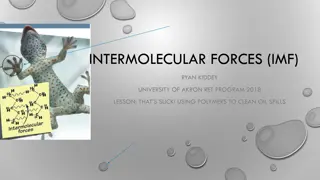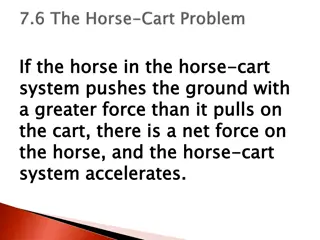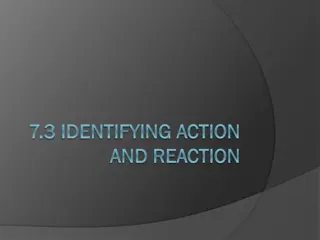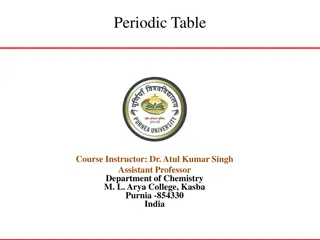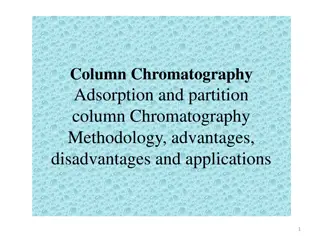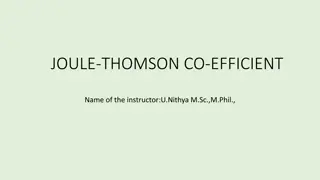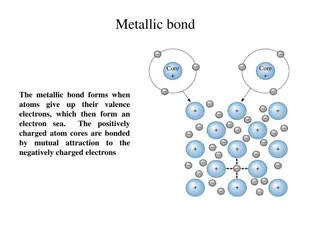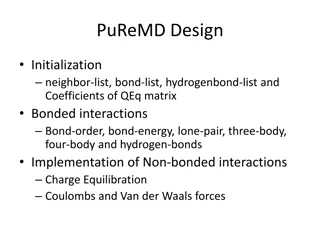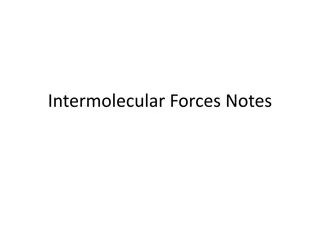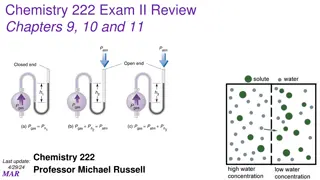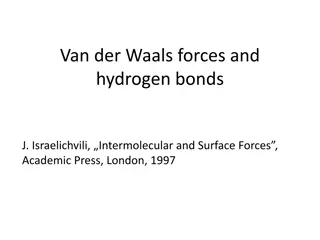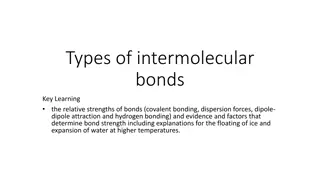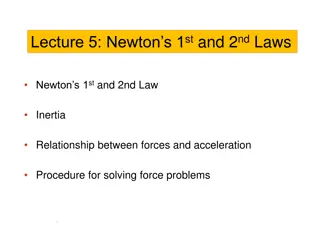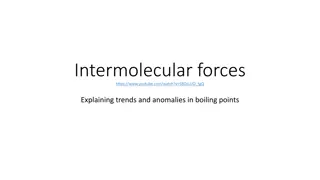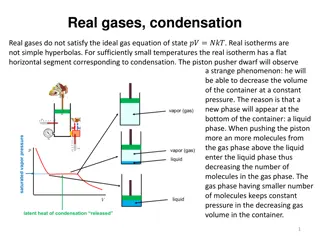Understanding Van der Waals Forces and Intermolecular Interactions
Van der Waals forces encompass London dispersion forces, dipole-dipole forces, and hydrogen bonding, influencing interactions between atoms and molecules. London dispersion forces are the weakest and present in all molecules, dipole-dipole forces involve permanent dipoles, and hydrogen bonding, the strongest force, is a special type of dipole-dipole interaction. These forces play crucial roles in physical and chemical properties of substances.
Download Presentation

Please find below an Image/Link to download the presentation.
The content on the website is provided AS IS for your information and personal use only. It may not be sold, licensed, or shared on other websites without obtaining consent from the author. Download presentation by click this link. If you encounter any issues during the download, it is possible that the publisher has removed the file from their server.
E N D
Presentation Transcript
VAN DER WAALS FORCES London dispersion forces, dipole-dipole forces, and hydrogen bonding
VAN DER WAALS FORCES Named after Dutch scientist Johannes Diderik van der Waals Distance dependent interaction between atoms or molecules. (Intermolecular force) There are two types of Van der Waals forces: weak London Dispersion forces and stronger dipole-dipole forces.
LONDON DISPERSION FORCES The weakest of the Intermolecular forces and exists between all types of molecules. The more electrons a molecule has, the stronger the London Dispersion forces are. Since electrons move around a lot, they often are unevenly distributed on an atom or molecule that creates a temporary dipole moment. (More electrons on one side of atom/molecule means more negatively charged, and vice versa) This makes atoms/molecules attract each other.
DIPOLE-DIPOLE FORCES Dipole: separation between positive and negative charges. Dipole-dipole forces are interactions between molecules which have permanent dipoles. (One side slightly positive, one side slightly negative) The poles are created when one side of the molecule attracts electrons more than the other. For example, in HCl the electrons spend more time around Chlorine rather than its less attractive poor partner Hydrogen.
HYDROGEN BONDING Hydrogen bonding is the strongest of the Van der Waal forces. It is a special form of dipole-dipole forces. When nitrogen, oxygen, or fluorine bonds with Hydrogen, they hog the electrons so much that it forms a very strong case of a dipole. One example of Hydrogen Bonding is the bond between the scary colorless, odorless molecule dihydrogen monoxide also known as H2O.
SOURCES Khan Academy Wiki Chemistry LibreTexts



